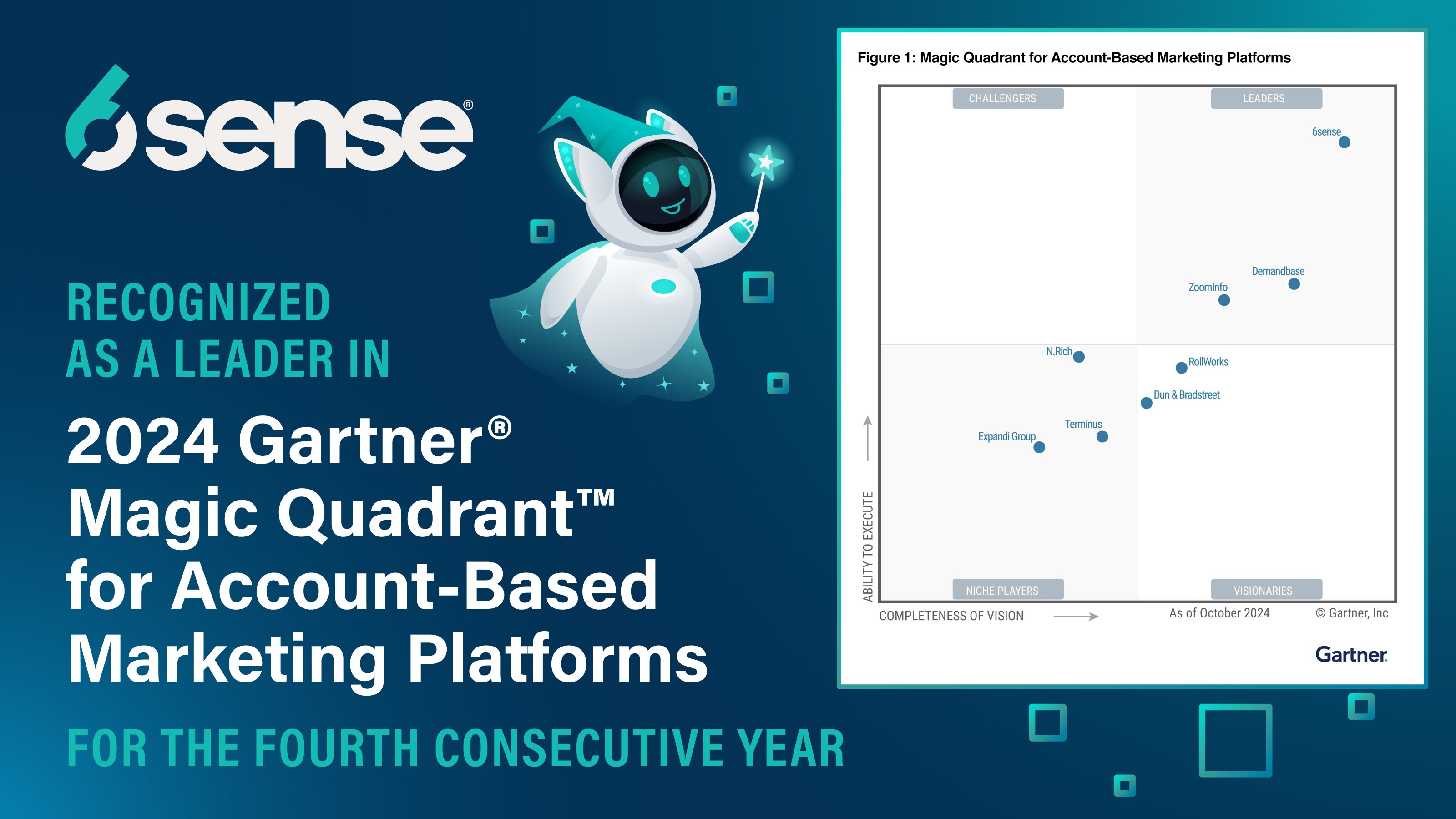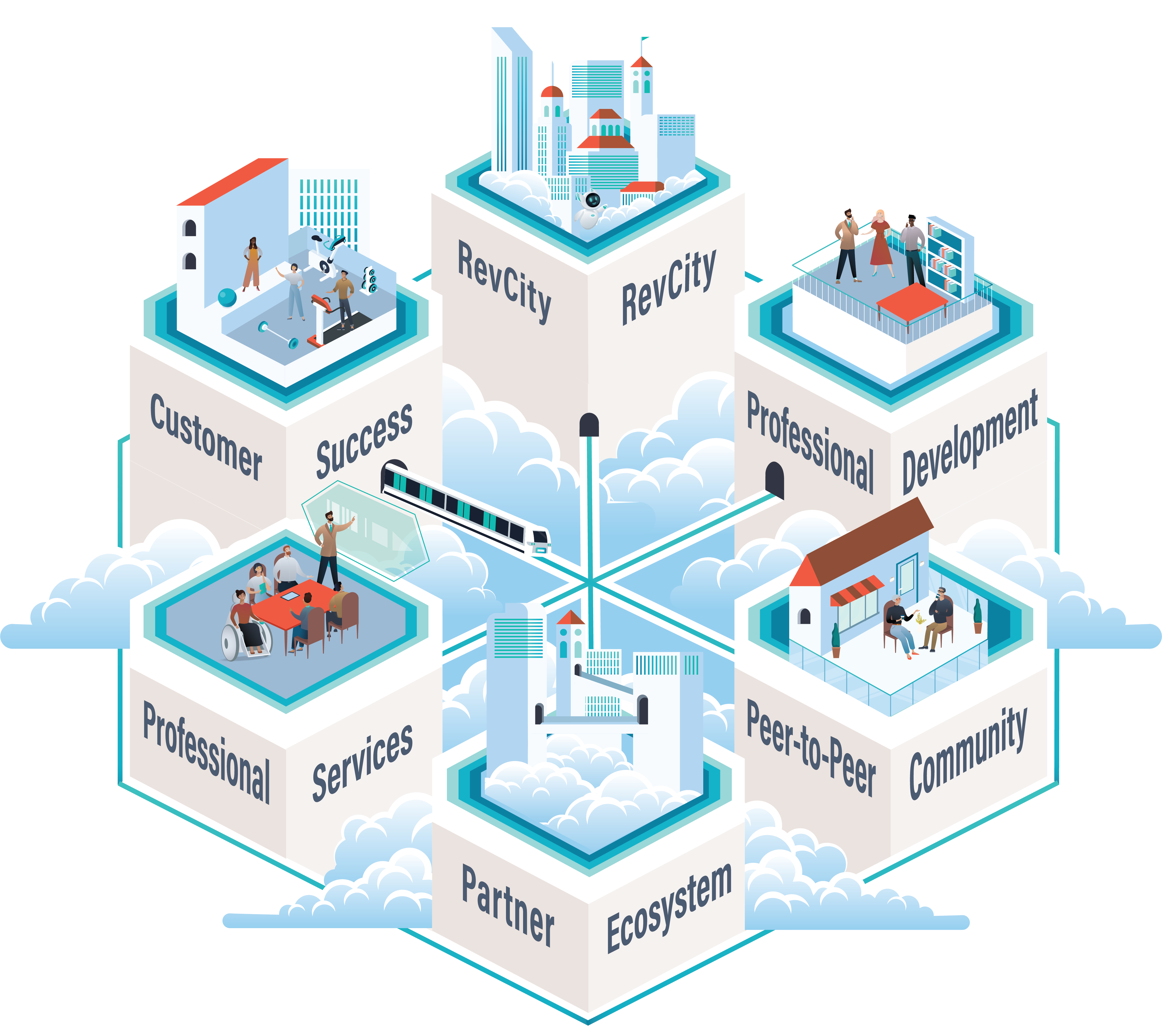What is Net Promoter Score (NPS)?
Net Promoter Score (NPS) is a metric used to assess customer loyalty and satisfaction. It’s determined by asking customers a simple question: “On a scale of 0 to 10, how likely are you to recommend our company/product/service to others?”
Based on their responses, customers are categorized into Promoters (score 9-10), Passives (score 7-8), or Detractors (score 0-6).
Why is NPS Important?
Assesses Customer Satisfaction
NPS allows businesses to gauge customer satisfaction and loyalty through a single, straightforward question, helping identify areas for improvement. This streamlined approach simplifies data collection and keeps customer feedback concise and actionable.
Provides Actionable Insights
By sorting customers into Promoters, Passives, and Detractors, NPS makes it easy to focus on improving relationships with each group. This often includes strategies for keeping loyal customers (Promoters) and addressing the concerns of those who might be on the fence (Passives).
Informs Strategic Decision-Making
NPS provides a long-term metric to track customer sentiment, allowing organizations to adjust their strategies to keep customers happy.
Serves as a Competitive Advantage
Companies with a high NPS tend to outperform competitors. This competitive advantage can result in increased market share and enhanced brand reputation.
Helps to Retain Customers
NPS acts as a compass, guiding businesses toward the issues that matter most to customers and driving improvements that lead to stronger customer relationships. By addressing the concerns of Detractors, businesses can often turn them into Promoters and boost customer retention rates.
How to Calculate NPS
The Net Promoter Score calculation begins by asking customers the key question: “On a scale of 0 to 10, how likely are you to recommend our company/product/service to others?” Based on their responses, categorize customers into three groups:
- Promoters (9-10): These are enthusiastic and loyal customers who are highly likely to recommend your business.
- Passives (7-8): These customers are somewhat satisfied but not strongly enthusiastic. They’re considered neutral.
- Detractors (0-6): These are unhappy customers who may actively discourage others from using your products or services.
Calculate the percentage of respondents that fall into in each category. Then subtract the percentage of Detractors from the percentage of Promoters. This final score can fall anywhere between -100 and +100.
As an example, suppose a company surveys 500 of their customers and get the following results:
- Promoters: 250 customers
- Passives: 150 customers
- Detractors: 100 customers
Promoters = (250/500) x 100 = 50%
Detractors = (100/500) x 100 = 20%
NPS = 50 – 20
NPS = 30
What is a Good NPS for SaaS
A “good” NPS, typically ranging from +50 to +100, reflects high customer loyalty, satisfaction, and the likelihood of customers recommending a business to others. A good NPS also signifies a strong brand reputation and reinforces a customer-centric focus.
To differentiate between a “good” and “bad” NPS, consider industry benchmarks, trends over time, and customer feedback. The context of industry and historical performance is vital. Monitor changes in NPS trends and analyze customer comments to understand ways to understand your customer experience and how it matches their expectations.
NPS Survey Best Practices
Ensure respondents’ privacy and anonymity, and keep surveys simple and focused on the core NPS question to maximize response rates.
Offer closed-loop feedback with Detractors so you can understand where their experience went wrong and how you can make it right.
Involving employees in the NPS process can provide valuable insights, and benchmarking against industry or competitors’ NPS scores offers a unique perspective.
Example questions:
- On a scale of 0 to 10, how likely are you to recommend our company to a friend or colleague?
- Please explain the reasons for your rating.
- How long have you been a customer? Select one:
- Less than six months
- Six months to one year
- One to three years
- More than three years
- What suggestions do you have to enhance our customer service?
- How likely are you to choose our products and services over competitors in the future?
 Skip to content
Skip to content





